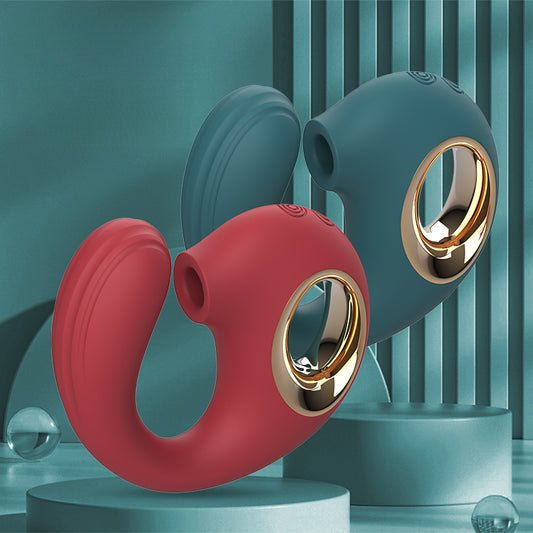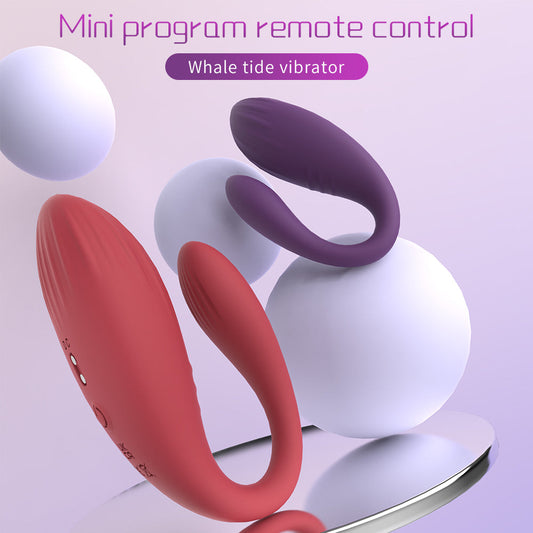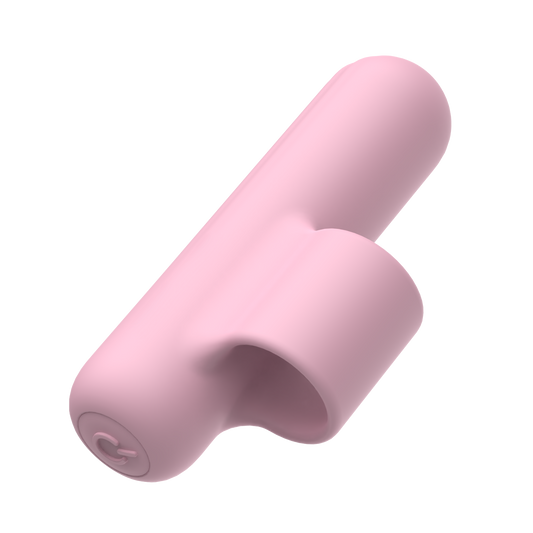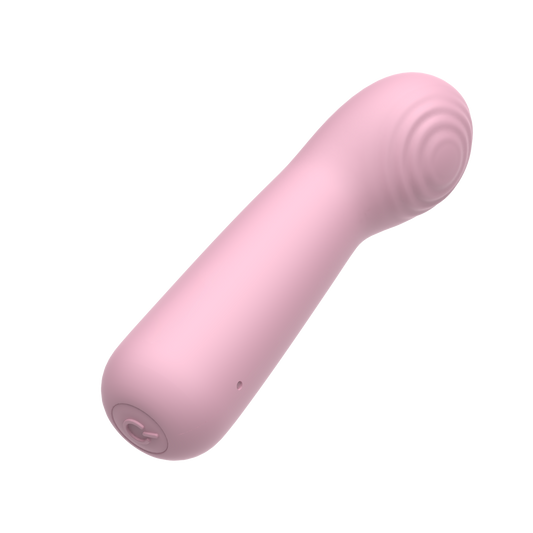
How to Make Yourself Squirt: A Bold, Honest Guide
For years, how to make yourself squirt has been a hot topic shrouded in curiosity, myths, and sometimes embarrassment. Many wonder: is it possible, how does it work, and most importantly, how do you actually do it? The short answer: yes, it’s possible. And with patience, practice, and the right mindset, you can absolutely learn to enjoy it.
This guide is not just a clinical breakdown. It’s a playful, bold exploration designed to take you step by step through techniques, myths, psychology, and even tools that can help. Let’s dive in.
Understanding the Basics
Squirting, sometimes called female ejaculation, is often linked to G-spot stimulation. The G-spot is a sensitive area a few inches inside the vagina, on the front wall toward the belly. When stimulated, it can create sensations from deep pleasure to an overwhelming urge to release.
What makes squirting tricky is that it’s both physical and mental. Studies suggest the fluid may come from the bladder via Skene’s glands, but the sensation is distinct from urination. Either way, it’s natural, normal, and nothing to be ashamed of.
Scenario: Imagine lying comfortably on your bed, soft music in the background, your favorite lube on hand, exploring your body. Let curiosity lead you’re creating a space where pleasure is safe, messy, and totally yours.
Why So Many People Struggle
If it’s natural, why does it feel so difficult? Here are the most common barriers:
- Tension: If your body is tight, release is unlikely.
- Expectations: Focusing too much on the “goal” kills the vibe.
- Lack of exploration: Many people never even try, fearing it’s “weird” or “messy.”
- Shame: Cultural stigma makes many people hold back.
Breaking through these barriers is just as important as learning techniques. Relaxation and mindset are central to success.
Techniques to Explore
Think of this like learning to ride a bike. You need patience, balance, and the willingness to wobble before you soar. Below are tried-and-true techniques that can help.
| Technique | How to Try It | Why It Helps |
|---|---|---|
| G-spot stimulation | Use two fingers in a “come-hither” motion against the front vaginal wall | Directly targets the area most associated with squirting |
| Pressure play | Gradually increase pressure with steady, firm strokes | Builds the intensity needed for release |
| Rhythm variation | Switch between fast and slow motions | Prevents desensitization and keeps arousal high |
| Positioning | Try lying on your back with pillows under your hips | Tilts the pelvis for easier G-spot access |
| Breathwork | Sync strokes with slow, deep breathing | Promotes relaxation and encourages muscle release |
Pro tip: Don’t rush. Let the sensations build until the urge to release feels undeniable. You can practice with a Fantasy Beginner G Spot Vibe.

Tools That Can Help
While fingers are fantastic, toys can take your experience to the next level. Curved vibrators, wand massagers, and pulsating suction toys are especially effective for G-spot stimulation.
For maximum comfort, always use lubricant. Silicone-based lube lasts longer and is great for solo play, while water-based lube works perfectly with toys and is easy to clean.
Scenario: A curved vibrator with gentle pulses can help you discover the G-spot’s rhythm. Combine it with pillows and a cozy environment, and you have the perfect setup for a solo adventure.
Setting the Scene
Environment matters more than you think. Here’s how to prep for the best chance of success:
- Lay down towels (embrace the mess).
- Dim the lights or add candles.
- Put on music that makes you feel sexy.
- Lock the door, privacy is freedom.
It’s amazing how much easier it is to let go when you feel safe and unobserved.
The Role of Relaxation
Tension is the biggest blocker. Think about it: how can your body release if your mind is clenching onto control? Setting the mood, creating a safe space, and adding toys designed for squirting techniques can make all the difference.
Practical ways to relax:
- Taking a warm bath beforehand.
- Deep breathing or meditation.
- Watching or reading something arousing to shift your focus.
- Reminding yourself there’s no failure here.
Scenario: Imagine lying back after a warm bath, your favorite music playing, and gently exploring with a toy. Each breath lets you sink deeper into pleasure, tension melts away, and release becomes easier.
Common Myths Busted
-
“It’s just pee.” While the fluid may contain traces of urine, chemically it is distinct. Squirting is a real, physiological response.
-
“Not everyone can do it.” Bodies vary, but many haven’t found the right combination of technique and mindset.
-
“It’s gross or dirty.” Pleasure isn’t shameful. Towels and waterproof sheets manage mess effortlessly.
-
“It should happen instantly.” Some people squirt the first time, others after weeks of exploration. Both are normal.
Advanced Tips
- Combine clitoral and G-spot stimulation: The double stimulation often amplifies release.
- Experiment with positions: Try kneeling with a toy inserted, or even standing in the shower.
- Edge yourself: Build arousal close to orgasm, then back off before climax. Repeat until release feels unavoidable.
- Partnered play: Once you know what works solo, guide a partner with clear instructions.
FAQs
Q1: How can I make myself squirt during masturbation?
Focus on G-spot stimulation with steady rhythm and firm pressure. Curved toys can help if fingers tire.
Q2: Why can’t I squirt even after trying multiple times?
Mental factors often block release. Anxiety, overthinking, or focus on the result can interfere. Relaxation and breathwork help.
Q3: Is squirting the same as female ejaculation?
Not exactly. Female ejaculation involves small fluid amounts from Skene’s glands; squirting is typically a larger release.
Q4: What positions work best?
Back with hips raised, on top with forward rocking, or kneeling with a toy are often most effective.
Q5: Can toys help me squirt solo?
Absolutely. Toys designed for G-spot stimulation can make it easier and more pleasurable.
Q6: How do solo and partnered squirting techniques differ?
Solo play lets you learn what feels right; partnered play requires clear communication to replicate those sensations.
Q7: Is there a best time to try?
High arousal works best. Trying from a cold start rarely produces results.
Q8: Does squirting mean a better orgasm?
Not necessarily. Some people squirt without orgasm, some orgasm without squirting. Both are valid experiences.
Final Thoughts
Learning squirting techniques is less about achieving a trophy and more about exploring your body’s potential. Ask yourself: isn’t sex supposed to be playful, messy, and full of surprises? Instead of treating squirting like a goal, approach it like an adventure.
Whether you’re motivated by curiosity, chasing deeper orgasms, or simply wanting to see what your body can do, the journey is worth it. And yes, it might get a little messy—but when has great sex ever been about staying neat?
References
- Levin, R.J. (2011). Female ejaculation and the G-spot: Facts and fiction. The Journal of Sexual Medicine. https://www.jsm.jsexmed.org/article/S1743-6095(15)32580-2/fulltext
- Salama, S. et al. (2015). Anatomical study of female ejaculation. Clinical Anatomy. https://onlinelibrary.wiley.com/doi/full/10.1002/ca.22510
- Komisaruk, B.R. & Whipple, B. (2011). The science of orgasm. Johns Hopkins University Press. https://jhupbooks.press.jhu.edu/title/science-orgasm
- Prause, N., & Pfaus, J. (2015). Addressing the myth of squirting. The Canadian Journal of Human Sexuality. https://www.utpjournals.press/doi/10.3138/cjhs.242-A4
- Kilchevsky, A. et al. (2012). A scientific review of the G-spot. Nature Reviews Urology. https://www.nature.com/articles/nrurol.2012.119











